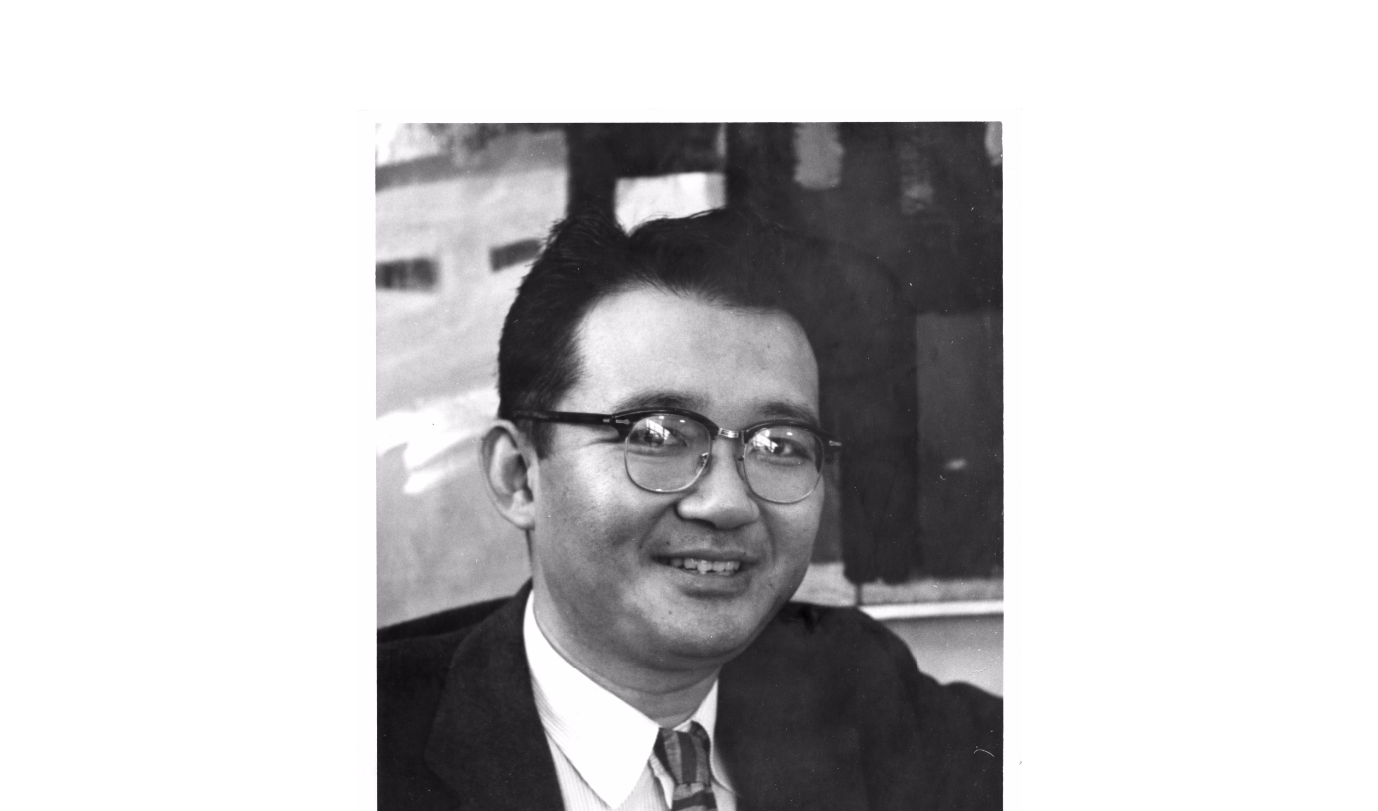
Family of George Matsumoto visits Special Collections and Hunt Library
The family of former NCSU School (now College) of Design faculty member George Matsumoto visited Special Collections, Hunt Library, and the College of Design on Monday, March 13. The family, along with representatives from the College of Design and other interested members of the public from North Carolina Modernist Houses celebrated and honored Matsumoto's architectural legacy in North Carolina and beyond.
The Special Collections Research Center (SCRC) also acquired new materials donated by the family that will be available for researcher use in the near future. SCRC has already digitized the Matsumoto architectural drawings, which are available online . The George Matsumoto Papers were acquired in the late 1990s and contain important materials documenting Matsumoto's work, including correspondence, photographs, architectural drawings and sketches, and other materials. George Matsumoto's work was documented in a publication from 1997 called "Simplicity, Order, and Discipline: The work of George Matsumoto from the NCSU Libraries' Special Collections."
Matsumoto was born in 1922 in San Francisco, California, and earned his B. A. in Architecture from Washington University. He studied at the Cranbrook Academy of Art and later worked with various architectural firms. Soon thereafter he joined NC State's new School of Design in 1948 until he left for Berkeley in 1961. Matsumoto was brought to NC State by Henry L. Kamphoefner , the first Dean of the School of Design. Matsumoto is considered to be one of the key early faculty members at Design, and especially important as a practitioner and teacher who promoted modernist architecture.

Matsumoto was influenced by leading architects such as Mies van der Rohe and Marcel Breuer; Burns wrote that "The ideas that mattered most to George Matsumoto as a designer and as a teacher were those that served as the focal themes of the modern movement: strict adherence to functional demands, clarity of plan, structural logic and expression, economy of means, perfection of detail, and the rationalization of construction processes tending toward industrialization."
To learn more about Special Collections , or to access Special Collections materials, please contact us here .